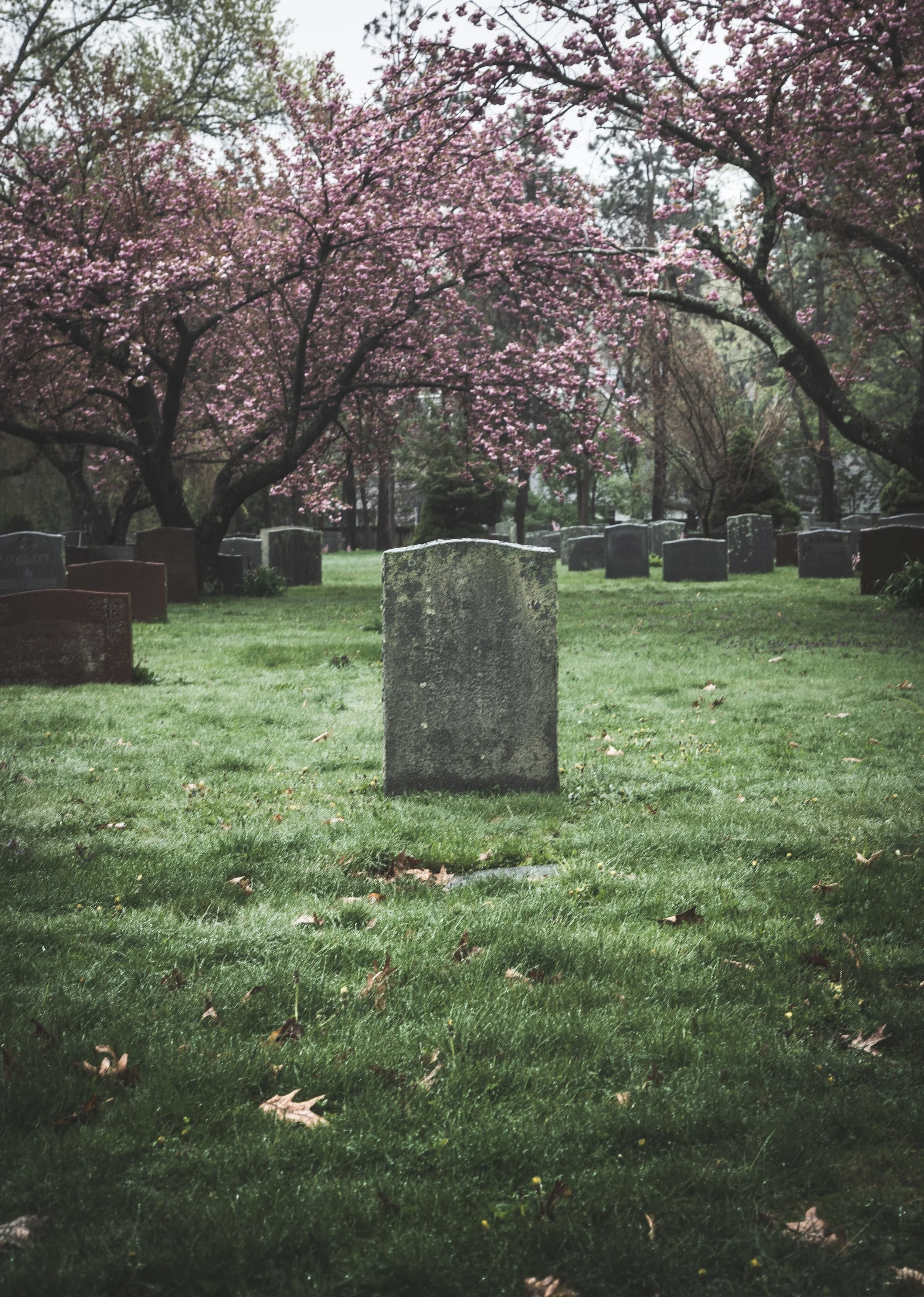
Rituals and Traditions
Traditions and rituals help us to express our deepest thoughts about life’s most significant events. Special ceremonies like graduations, weddings, and baby dedications involve traditions and rituals that help us mark important life milestones. When a loved one dies, rituals and traditions can also help us mark a significant event and spend time remembering and finding healing.
What makes a ritual so effective? First, rituals are symbolic. When we lose a loved one, we can use symbolic acts such as lighting a candle for the one we love, releasing a balloon or a lantern, or setting a place at the table on a birthday or anniversary. These symbols help us to remember that our loved one is always with us in our hearts.
Second, rituals help us express emotion. Dr. Alan Wolfelt, renowned grief counselor and educator, is often quoted as saying, “When words are inadequate, have a ritual.” Sometimes, we need an outlet for expressing our deepest emotions, and words are not enough. When a loss occurs, the wound is often so deep that the pain goes beyond our ability to process with language. In times of great distress, a ritual can be more comforting and healing than 1000 eloquent words.
Finally, rituals unite people in a common, shared experience. Funerals, visitations, candlelight services, memorial events, and celebration of life ceremonies help us feel a certain solidarity with others who are sharing our grief and loss. We have a unique sense of comfort from knowing that we are not alone and that others are supporting us on our journey through grief.
We know that rituals and traditions can bring healing to the wounded heart. We know that ceremonies and gatherings help us feel connected to others and supported by the presence of loved ones. We know that rituals help us express our deepest emotions as we search for healing and reconciliation with grief. Below are a few examples of how you can incorporate the power of rituals into your healing journey.
Light a candle – Set a place at the table or set up a memorial display area at home and light a candle when you want to honor the memory of a loved one. You can light a candle every day or on special occasions such as birthdays, anniversaries, or holidays. Lighting a candle symbolizes the light that your loved one brought to you and the memory of the person who lives on in your heart.
Release balloons, doves, butterflies, or paper lanterns – Releasing a balloon or lantern is a ritual that symbolizes releasing a lost loved one or sending loving thoughts to their spirit. Some people write notes and attach them to balloons or lanterns. Some people release doves or butterflies to symbolize a loved one’s ascension to heaven or transition into a new spiritual form.
Recall memories – Family and friends may choose to gather on special occasions to share memories and honor a loved one. This may occur on the first anniversary of the death, at family reunions, or on significant days like Mother’s Day or Father’s Day.
Go to the graveside – Some people who grieve find comfort in visiting the grave of their loved one, leaving fresh flowers, or simply spending time reflecting on the loss. Mourners often visit the grave on special days or on any day that they want to feel close to their loved ones.
Attend a support group or special memorial event– Certain community events such as support groups, grief workshops, or remembrance events such as candlelight vigils can also bring comfort and healing. Such events help us connect with others who are also feeling the pain of a loss, bringing a greater sense of peace.
Carry a remembrance item – Sometimes, a small keepsake, like a handkerchief, a watch, a piece of jewelry, or a small heirloom, can serve as a reminder of a lost loved one. If you don’t have a keepsake, you can choose memorial jewelry designed to carry cremation ashes or a lock of hair or that is imprinted with the fingerprint of a person who has died. You can even have a diamond made from the ashes of a loved one! Heirlooms and keepsakes also serve as a daily reminder that often brings comfort to those who mourn.
Source: Funeral Basics
